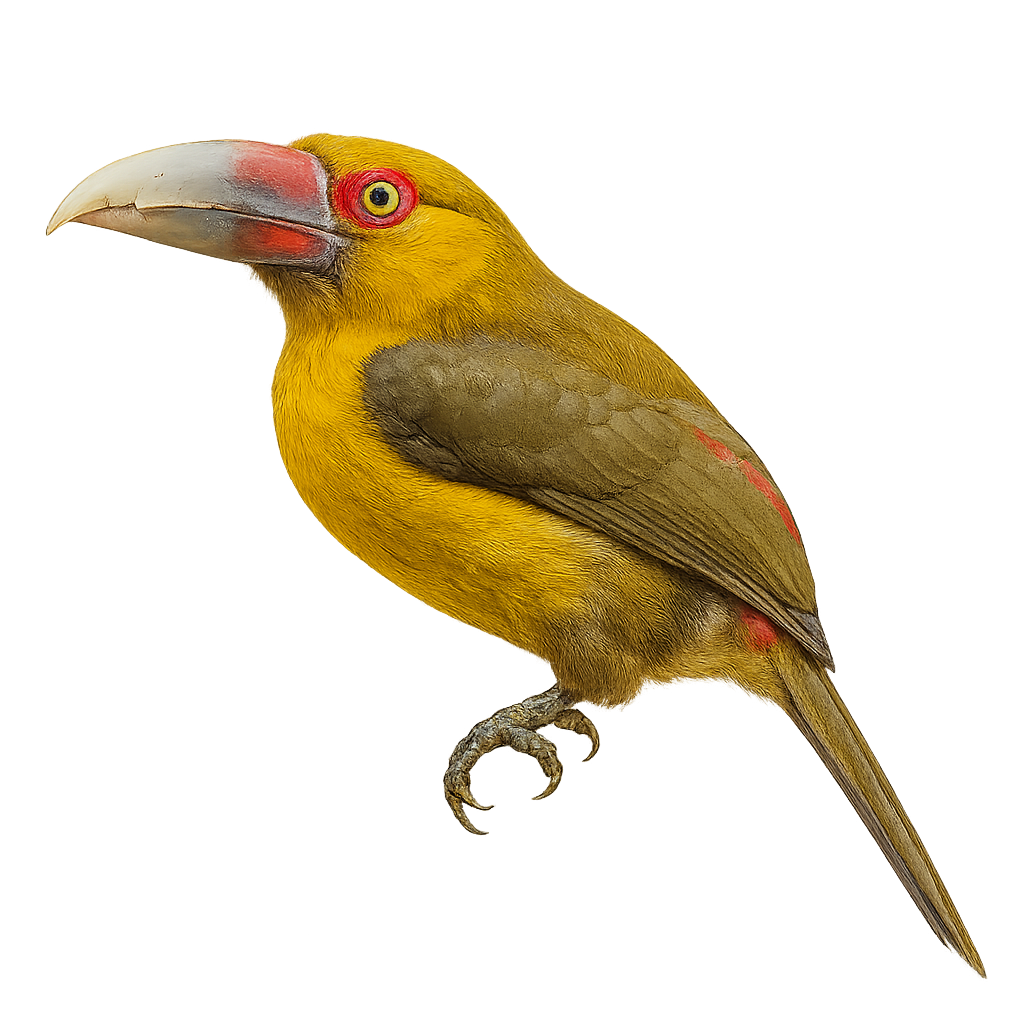Your wildlife photography guide.
Explore the baillon's aracari in detail, study its behavior, prepare your shots.
Where to observe and photograph the baillon's aracari in the wild
Learn where and when to spot the baillon's aracari in the wild, how to identify the species based on distinctive features, and what natural environments it inhabits. The WildlifePhotographer app offers tailored photography tips that reflect the baillon's aracari’s behavior, helping you capture better wildlife images. Explore the full species profile for key information including description, habitat, active periods, and approach techniques.
Baillon's Aracari
Scientific name: Pteroglossus bailloni

IUCN Status: Least concern
Family: RAMPHASTIDAE
Group: Birds
Sensitivity to human approach: Tolerant
Minimum approach distance: 10 m
Courtship display: September to November
Incubation: 15-17 jours
Hatchings: September to December
Habitat:
Humid tropical forests, forest edges, wooded areas
Activity period :
Primarily active during the day, with peak activity in the morning and late afternoon.
Identification and description:
The Baillon's Aracari is a colorful bird belonging to the Ramphastidae family. It is distinguished by its vibrant plumage, mixing shades of green, red, and yellow, and its large, multicolored beak. This bird measures about 35 cm in length and weighs between 150 and 200 grams. It primarily inhabits the humid tropical forests of South America, where it feeds on fruits, insects, and sometimes small vertebrates. Sociable, it often lives in small groups and is quite tolerant of human presence. Although its habitat is threatened by deforestation, it is currently classified as least concern by the IUCN.
Recommended lens:
400mm – adjust based on distance, desired framing (portrait or habitat), and approach conditions.
Photography tips:
To photograph the Baillon's Aracari, it is advisable to use a 400mm lens or longer to capture the details of its colorful plumage. Favor early morning hours when the light is soft and the bird is most active. Be patient and discreet to avoid scaring it away. Look for areas where fruits are abundant, as it is often attracted to these food resources. Use a tripod to stabilize your camera and achieve sharp images.
The WildlifePhotographer App is coming soon!
Be the first to explore the best nature spots, track rutting seasons, log your observations, and observe more wildlife.
Already 1 439 wildlife lovers subscribed worldwide

